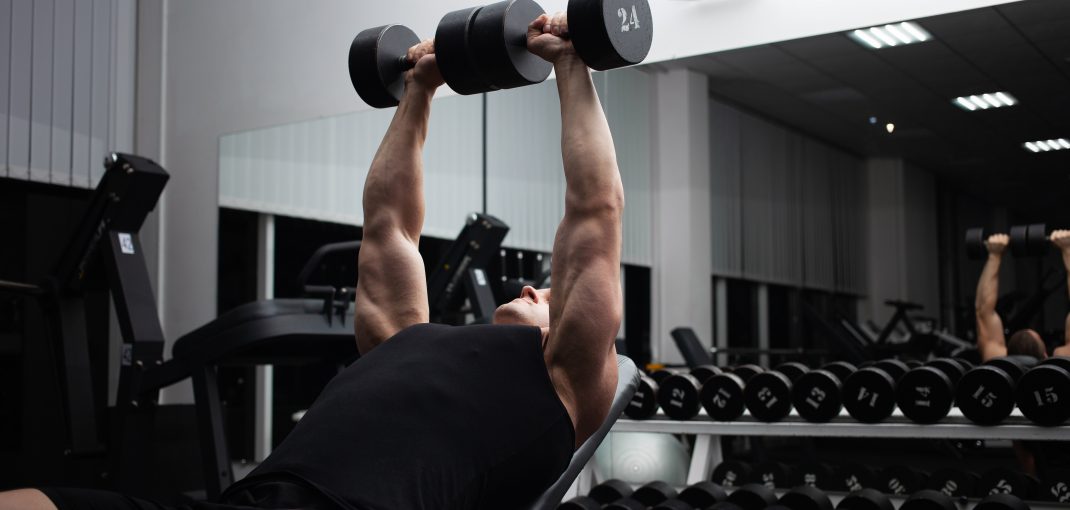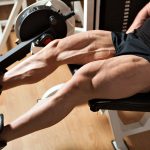PSA:
We are working on getting more in depth content for this article (and many others) to bring you the best of the best to help you progress in your fitness goals. Unfortunately, this will take time!
We promise to always provide transparency so I will start with this: From content, to writing, to editing and web development, this is a 2 person show at the moment! We hope you join us on the early stages of building this community and get to see us grow! I was torn between waiting or launching with that I have, and if you are reading this article then I think you can guess that I decided to do a full send!
I want to build this community for you, so if you have input on what kind of content you would like to see feel free to shoot us a message here.
Now let’s dive in!! 👇
Proper Form for Dumbbell Incline Chest Press:
- Starting Position: Set an incline bench to a 30–45-degree angle. Sit down and hold a dumbbell in each hand, resting them on your thighs.
- Set Your Position: Lie back on the bench and use your legs to help lift the dumbbells to chest level. Your palms should face forward, and your elbows should be at about a 45-degree angle.
- Pressing Motion: Engage your chest and press the dumbbells upward until your arms are fully extended but not locked out.
- Peak Contraction: Squeeze your chest muscles at the top while keeping control of the dumbbells.
- Controlled Lowering: Slowly lower the dumbbells back to the starting position, ensuring a deep stretch in the chest.
Common Mistakes:
- Flaring the Elbows Too Wide: This can put unnecessary strain on the shoulders. Keep elbows at a natural 45-degree angle.
- Arching the Lower Back Excessively: Keep a slight natural arch but avoid overarching to prevent strain.
- Using Too Much Weight: Lifting too heavy can compromise form and lead to instability. Use a manageable weight.
- Not Controlling the Descent: Dropping the dumbbells too quickly reduces muscle engagement and increases injury risk.
- Touching the Dumbbells at the Top: This reduces tension on the chest. Keep them slightly apart for continuous engagement.








